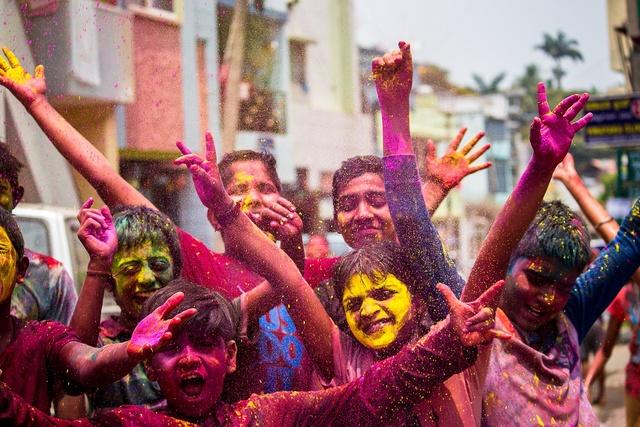Holi 2023: Negative impacts of the Holi colours to be aware of

Without experimenting with color, Holi is not complete. Yet, did you know that the colors we use during Holi contain chemicals like lead, mercury, silica, which are harmful to the eyes, skin, and even the respiratory system?
Without colors, what is Holi? One of the highlights of Holi is playing with colours, which is followed by the festival’s unique feast, which includes malpua, dahi vada, poori-chhole, gujiya, and a variety of other traditional foods. Everyone enjoys the lively and colourful Holi holiday. They set aside all of their concerns for at least two days, on Choti Holi (March 7) and Holi (March 8), to savour this riot of colours with great zeal and fervour.
Unfortunately, the colours we use to celebrate Holi today are loaded with poisonous substances that are harmful to the skin and eyes, including lead, silica, asbestos, and mica. In addition to ENT difficulties including ear pain, hearing loss, ringing in the ears, and eye problems, exposure to toxic colours can also cause respiratory disorders like asthma, bronchitis, and chronic obstructive pulmonary disease (COPD).
The Holi festival of colours is captured in a beautiful photograph by India. Vibrantly riotous—smeared and sprayed. The fervour is obvious as the Holi day breaks. Metallics, neons, and regular colours clash (include some eggs too!). Even later in the day, nobody can identify anyone’s face or clothing. The next days are spent attempting to remove the harsh colours that have mercilessly adhered to the skin.
Why Holi in the past was more healthy
The gulaal used in older times was created from natural colors extracted from flowers, spices, plants, etc. and had healing effects that were good for the skin.
“Turmeric – yellow color, henna leaves – green Color, an indigo plant –blue color, and a forest tree’s flame –red color, among many other colors. These colors were safe for the environment and non-toxic. However, the introduction of synthetic dyes and the quest for greater profits have tainted the purity of the colors, making them dangerous for use by humans. These colors are made with chemicals, hazardous metal-based pigments, asbestos, mica, glass grains, and other materials
So We must raise public awareness of the negative impacts of color and choose natural or organic alternatives.




